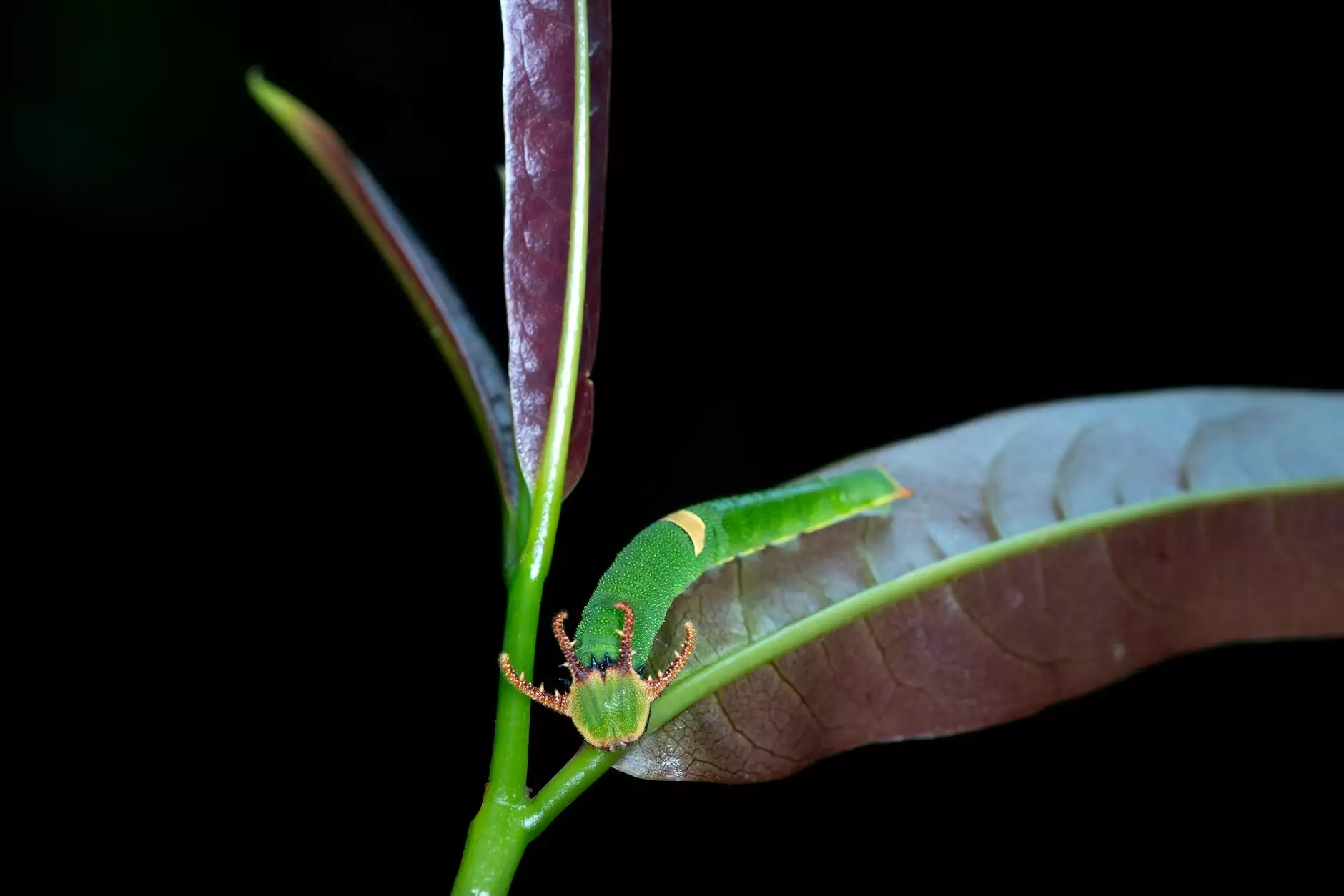Effective Management of Stored Grain Pests: Ensuring Quality and Safety

The management of stored grain pests is a critical aspect of maintaining the quality and safety of grain. Effective pest management not only protects the integrity of your grain but also ensures the health of consumers and the success of agricultural businesses. This article delves into best practices, strategies, and tools that can aid farmers and grain storage operators in efficient pest management.
Understanding the Importance of Pest Management in Grain Storage
Pests can cause significant damage to stored grains, leading to financial losses and compromised grain quality. Here are several reasons why the management of stored grain pests is crucial:
- Preventing Economic Loss: Infestations can lead to considerable losses in revenue due to spoilage and reduced marketability of the grain.
- Ensuring Food Safety: Pests can contaminate grains, posing health risks to consumers.
- Maintaining Quality: The presence of pests can degrade the quality of grains, making them unfit for consumption or sale.
- Regulatory Compliance: Farmers and storage facilities must comply with regulations regarding pest management to avoid fines and legal issues.
Identifying Common Stored Grain Pests
Effective management starts with a thorough understanding of the specific pests that can infest stored grains. Some of the most common pests include:
1. Grain Weevils
Grain weevils, particularly the rice weevil (Sitophilus oryzae) and the granary weevil (Sitophilus granarius), are notorious for damaging stored grain. They bore into grains, laying eggs and causing significant spoilage.
2. Moths
The Indian meal moth (Plodia interpunctella) is another prevalent pest. The larvae consume the grain, leading to contamination with webbing and frass (insect feces).
3. Beetles
Several species of beetles, including the confused flour beetle (Tribolium confusum) and the red flour beetle (Tribolium castaneum), can infest grain storage facilities.
4. Rodents
Rodents, particularly rats and mice, can also pose a significant threat, contaminating grains and damaging infrastructure.
Strategies for Effective Management of Stored Grain Pests
To prevent and manage pest infestations effectively, consider implementing the following strategies:
Regular Inspection and Monitoring
Regular inspections of stored grains are critical. Look for signs of infestation, such as:
- Presence of insects or larvae
- Holes or damage in grain containers
- Webbing or frass
- Unusual odors
Using pheromone traps can also help monitor pest populations and identify specific species.
Maintaining Optimal Storage Conditions
The conditions within storage facilities significantly influence pest activity. To deter pests:
- Control Temperature: Maintain a cool environment, ideally below 60°F (15°C), to slow down pest development.
- Manage Humidity: Keep relative humidity below 14% to prevent mold growth and pest survival.
- Use Appropriate Containers: Utilize sealed containers to reduce accessibility for pests.
Implementing Good Hygiene Practices
Regular cleaning of storage facilities is essential. Remove any spilled or damaged grain and thoroughly clean storage areas. This includes:
- Vacuuming and sweeping floors
- Cleaning grain handling equipment
- Inspecting and sealing cracks and crevices
Utilizing Integrated Pest Management (IPM) Techniques
Integrated Pest Management (IPM) combines various pest control strategies to reduce chemical use while effectively managing pests. Key components include:
- Biological Control: Introduce natural predators of pests.
- Cultural Practices: Rotate crops and manage planting dates to disrupt pest life cycles.
- Mechanical Controls: Use traps and barriers to reduce pest access.
- Chemical Controls: When necessary, apply pesticides judiously, following safety regulations and guidelines.
Benefits of Professional Pest Management Services
Hiring professional pest management services can offer additional benefits. Trained experts possess the knowledge and experience to implement advanced pest management strategies effectively.
- Expert Assessment: Professionals can assess your specific situation and recommend tailored solutions.
- Regular Maintenance: Ongoing monitoring and treatment ensure long-term pest management success.
- Peace of Mind: Reduces the risk of infestation and damage to stored grains.
Technological Advancements in Pest Management
The field of pest management is continually evolving, with new technologies enhancing the management of stored grain pests. Some innovative tools include:
1. Smart Monitoring Systems
These systems utilize sensors to monitor storage conditions in real-time, alerting operators to pests or environmental issues as they arise.
2. Drones
Drones equipped with imaging technology can be used for large storage facilities to identify pest hotspots and monitor vast areas more efficiently.
3. Biological Pest Control Options
Advancements in understanding biological pest control methods can lead to more sustainable options, reducing reliance on chemical solutions.
Continuous Education and Training
Staying informed about the latest pest management techniques is crucial. Consider:
- Attending agricultural workshops and seminars
- Participating in online courses offered by agricultural agencies
- Consulting reputable pest management resources and publications
Conclusion: Safeguarding Grain Quality Through Effective Pest Management
In summary, the management of stored grain pests is essential for agricultural success. By understanding common pests, implementing effective management strategies, and leveraging professional services and technological advancements, grain storage operators can safeguard their products, ensuring quality and safety for consumers. As the farming landscape evolves, staying proactive and educated about pest management will remain a key factor in successful grain handling and storage.
For more information on pest management techniques and to ensure high-quality grain storage solutions, visit our website at tsgcinc.com.



